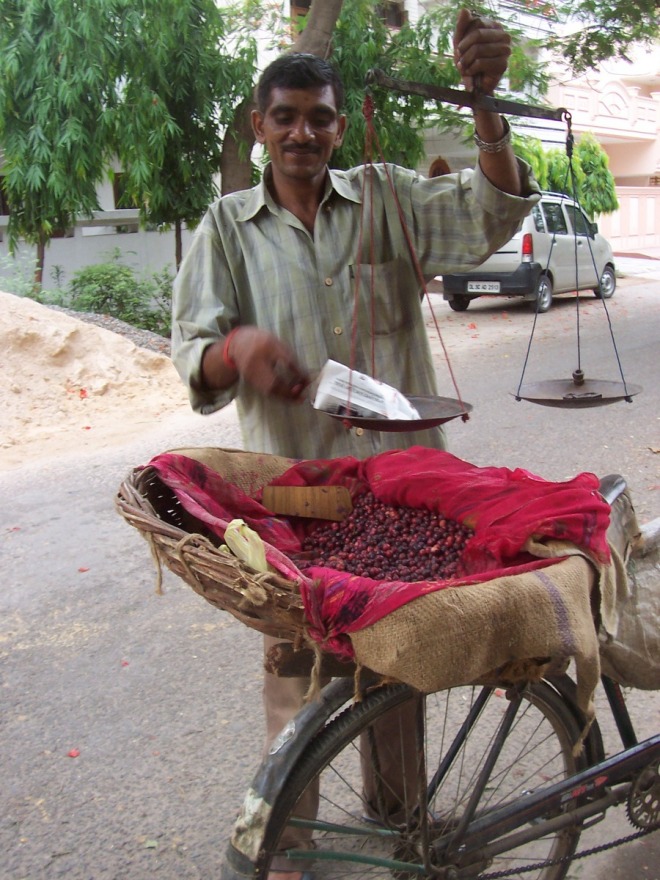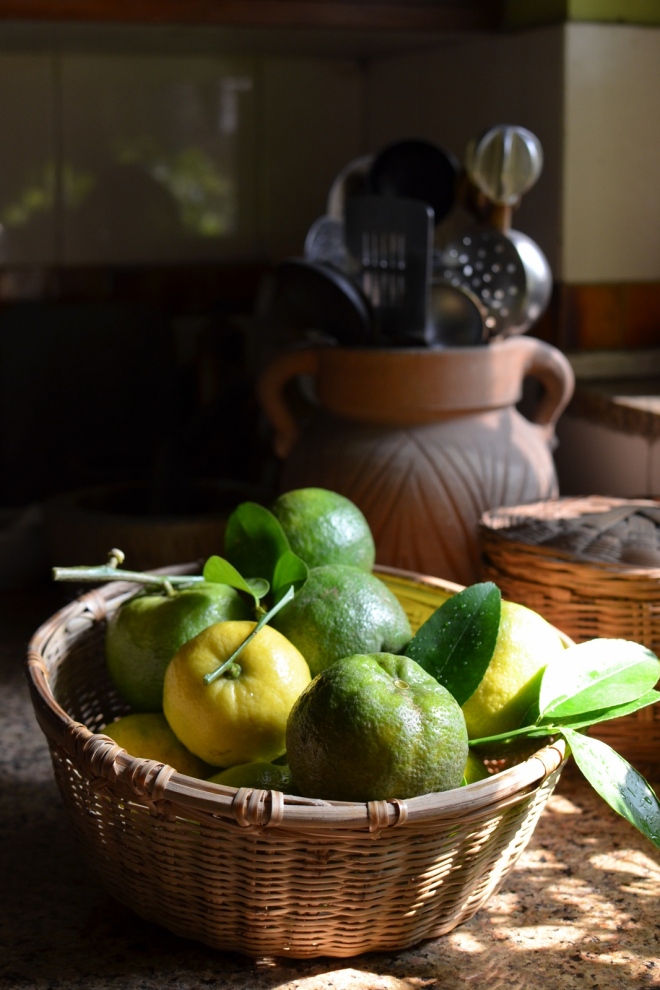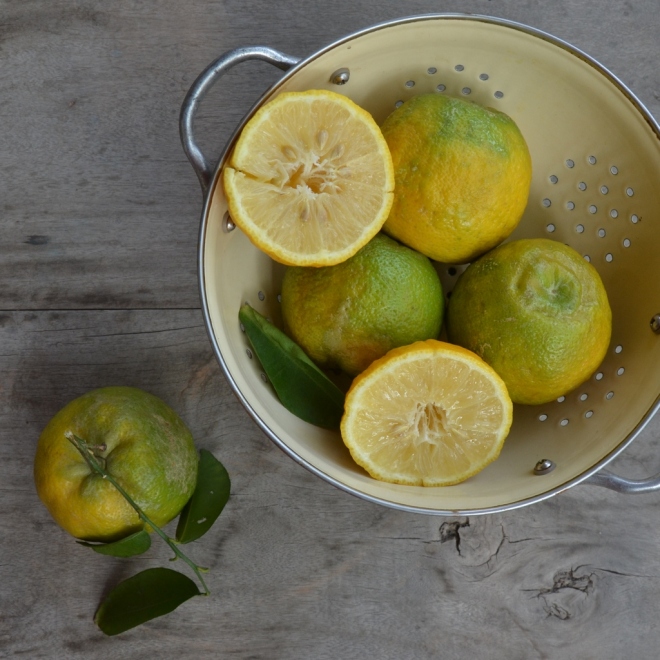
Last year, after years and years of procrastinating, I finally prepared my first batch of maavadu or vadu manga, one of Southern India’s most loved pickle. The pickle is made with immature green mangoes about half an inch to maximum two inches in size. The intent obviously was to not waste anything, not even fallen fruit. There are thousands of fragrant flowers in each inflorescence of the mango tree. Scores of them get fertilized into fruit but only a few will mature and ripen. The rest just fall to the ground. The mango is called Kalpavriksha or the wish-fulfilling divine tree for a reason. The immature fruits as well as the more mature but still tart green mangoes are used to make our most favourite pickles. Once the fruit matures, it takes on the status of the King of fruits.
This pickle relies on the salting of mangoes to release enough of the juices to create a brine in which the mangoes eventually cure and drown. While the basic process and ingredients were similar in all the recipes I searched a few did casually mention that a little water may be added in the beginning. Whether I was impatient or my arid-Delhi mangoes are drier than their humid-Southern counterparts, the lack of enough liquid to submerge the fruit caused me to add water. As is now the habit, I shared a few pictures of my process on Instagram. Not a single person there (among those who follow me) had ever heard of such a thing and I was certain my maiden attempt would soon be enveloped in mold.
I stirred the jars a couple of times a day and sent a prayer out with every turn of the hand. Much like spinning the Buddhist prayer wheel. The Universe was listening! At least Annapurna Devi, the benevolent Goddess of food and the patron of all cooks, the one my mother-in-law had called me an incarnation of on many an occasion, was and helped the pickle along. The slight effervescence subsided in just a day of stirring and the pickle lasted the entire year. As I prepare the next batch this year, an ambitious 5 kilos of it, I still have two shriveled pieces of tender baby mangoes, covered in salty, spicy delicious brine – just the dressing a bowl of thayir sadam begs. Continue reading Vadu Manga – pickled baby mangoes in brine







